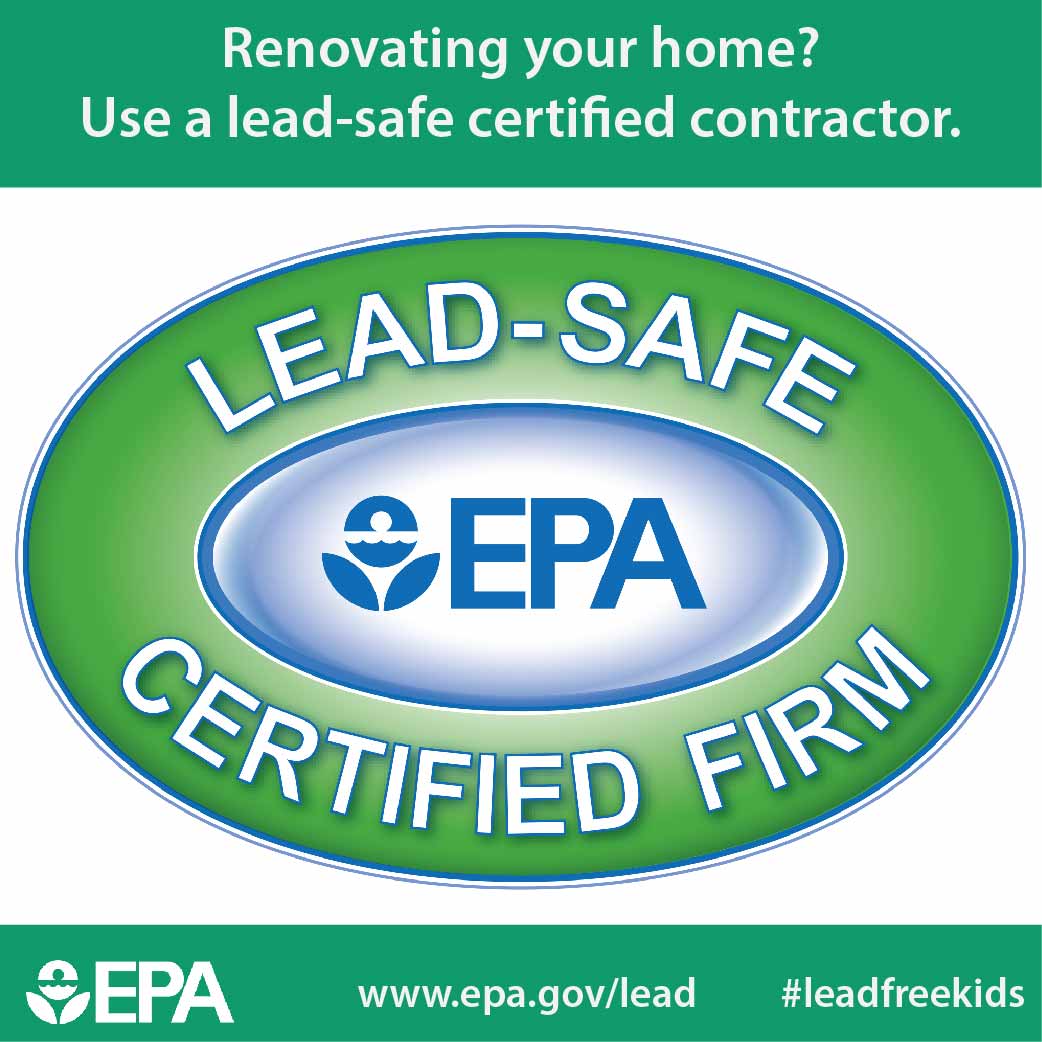Seasonal Considerations For Industrial Exterior Painting: What You Required To Know
Seasonal Considerations For Industrial Exterior Painting: What You Required To Know
Blog Article
Posted By-Ford Rodriquez
When you're planning a business outside paint task, seasonal variables can make or damage your results. You'll intend to consider how temperature and humidity influence paint application and drying times. Picking the appropriate season can ensure your paint adheres correctly and lasts longer. But which seasons are truly the very best for this kind of work? Allow's explore the key elements that can affect your task's success.
The Impact of Temperature on Paint Application
When you're preparing a commercial external paint project, the temperature can significantly influence exactly how well the paint sticks and dries.
Preferably, you want to repaint when temperatures range in between 50 ° F and 85 ° F. If it's too cold, the paint may not treat correctly, causing concerns like peeling off or fracturing.
On the flip side, if it's as well hot, the paint can dry as well promptly, avoiding proper adhesion and causing an irregular finish.
You ought to additionally consider the time of day; early morning or late afternoon provides cooler temperatures, which can be much more desirable.
Always examine the maker's referrals for the particular paint you're making use of, as they usually supply assistance on the suitable temperature level range for optimum outcomes.
Humidity and Its Effect on Drying Times
Temperature level isn't the only ecological factor that influences your commercial exterior painting task; humidity plays a considerable function also. High humidity degrees can slow down drying times dramatically, influencing the total high quality of your paint work.
When the air is saturated with moisture, the paint takes longer to heal, which can lead to issues like inadequate bond and a higher risk of mildew development. If you're painting on a specifically humid day, be gotten ready for extended wait times in between layers.
It's crucial to monitor local weather conditions and strategy appropriately. Ideally, aim for humidity levels between 40% and 70% for ideal drying out.
Maintaining these factors in mind ensures your project stays on track and provides a lasting surface.
Best Seasons for Commercial Exterior Painting Projects
What's the best season for your industrial external paint projects?
Springtime and very early loss are usually your best bets. Throughout these seasons, temperature levels are mild, and moisture degrees are commonly reduced, producing perfect problems for paint application and drying out.
Avoid summertime's intense heat, which can trigger paint to dry as well promptly, leading to inadequate bond and surface. Similarly, wintertime's cold temperature levels can prevent correct drying out and curing, running the risk of the durability of your paint job.
Go for days with temperature levels in between 50 ° F and 85 ° F for optimal results. click the up coming webpage in mind to examine the local weather forecast for rain, as damp conditions can spoil your task.
Preparation around these elements ensures your painting job runs smoothly and lasts much longer.
Verdict
Finally, planning your commercial outside paint projects around seasonal factors to consider can make a significant difference in the result. By organizing webpage throughout the suitable temperature levels and humidity levels, you'll ensure better bond and drying out times. Remember to keep an eye on neighborhood weather prediction and pick the correct time of year-- spring and early loss are your best bets. Taking these actions will aid you attain a long lasting and professional finish that lasts.
